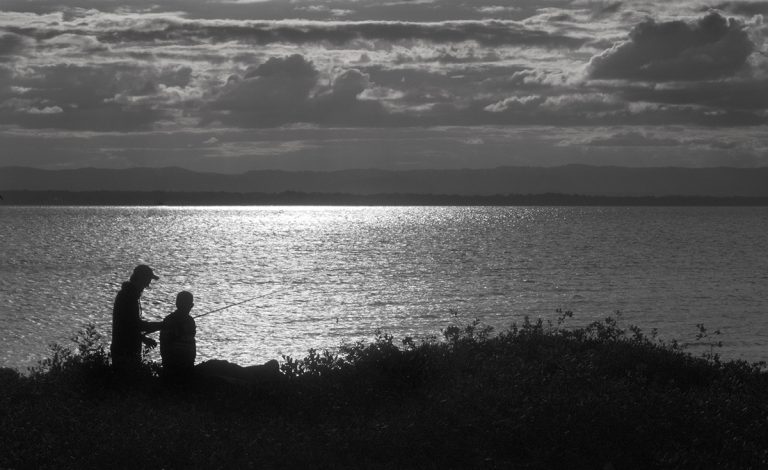Bruce Cowell, an artist working in fine-art photography, has been capturing the world through his lens for over forty years. Based in Canberra, Australia, his journey in photography is a blend of professional work across various genres and a deep-seated passion for fine art. Through his fine-art photography, Cowell connects with people by telling visual stories that resonate on a deeply personal level.

Cowell’s approach to photography is not merely about documenting moments but about revealing the underlying essence of human experiences. He believes that a photograph should speak to viewers, allowing them to infuse their own worldviews and life experiences into the image. This collaborative completion of the artwork is central to Cowell’s philosophy. His photographs are more than just images; they are narratives that invite viewers to explore and find meaning within their own lives.
One of Cowell’s works is a photograph he titled “Timeless.” The image captures a simple yet profound scene: a father teaching his son to fish. The photograph is set against a vast expanse of sea, sky, and land, creating a sense of boundless possibility. Cowell’s choice of this moment is intentional, as it speaks to one of the most enduring themes in human existence—the passage of knowledge and tradition from one generation to the next.
In “Timeless,” Cowell presents a universal story, one that resonates across cultures and ages. The act of teaching a child to fish is more than just a skill being passed down; it is a rite of passage, a moment where a child steps into the world of adulthood, guided by the wisdom of the past. This connection between generations is something that Cowell feels deeply, and it is reflected in the care and attention he gives to the composition of the photograph.
The photograph is simple in its elements—a father, a son, and the natural world around them—but it is this simplicity that gives the image its impact. Cowell uses the vastness of the landscape to highlight the significance of the moment. The endless horizon suggests the limitless potential that lies before the young boy, while the presence of the father grounds him in the traditions and teachings of the past.
Cowell’s use of light in “Timeless” is particularly noteworthy. The soft, diffused light of the early morning or late afternoon bathes the scene in a warm, golden hue, enhancing the feeling of serenity and timelessness. The light not only illuminates the subjects but also creates a sense of continuity, linking the past with the present and the future. It is as if the light itself is a thread, weaving together the generations.
One of the most aspects of “Timeless” is the way it invites viewers to insert themselves into the narrative. Cowell’s philosophy of photography as a collaborative art form is evident here. The photograph does not dictate a specific interpretation; instead, it offers a starting point for viewers to explore their own memories and emotions. Whether it reminds someone of their own experiences with a parent or child, or evokes thoughts about the passage of time and the traditions we leave behind, the image speaks on a deeply personal level.
In creating “Timeless,” Cowell demonstrates his belief that photography is about more than just capturing a moment—it is about capturing the essence of life itself. The photograph is a reminder that some experiences are universal, transcending time and place. It is a visual story that connects us to the past, grounds us in the present, and points us toward the future.
Through works like “Timeless,” Bruce Cowell continues to engage with the world around him, using his camera to explore the complexities of human experience. His photographs are not just images; they are conversations, invitations to delve deeper into the stories they tell and to find our own place within them. Cowell’s work is a testament to the enduring power of photography as a medium for storytelling, a way to capture the intangible and make it visible.

